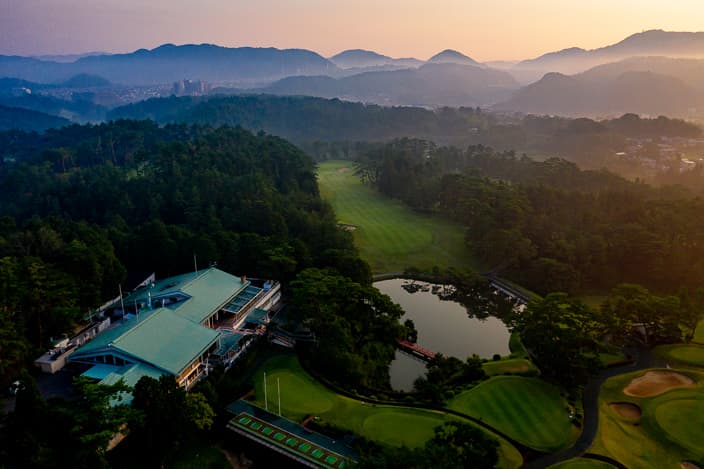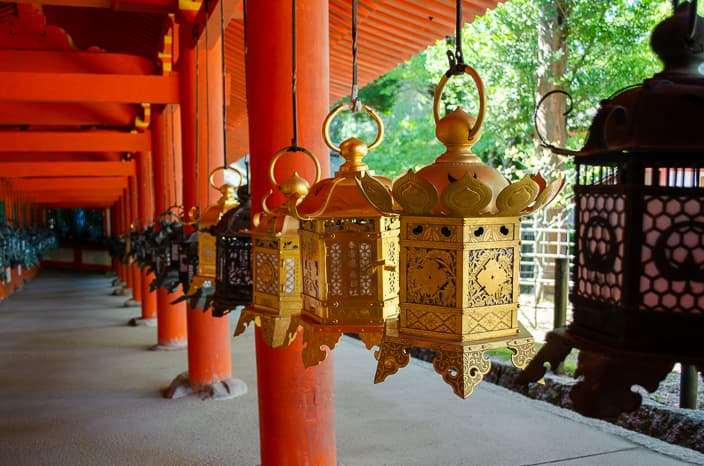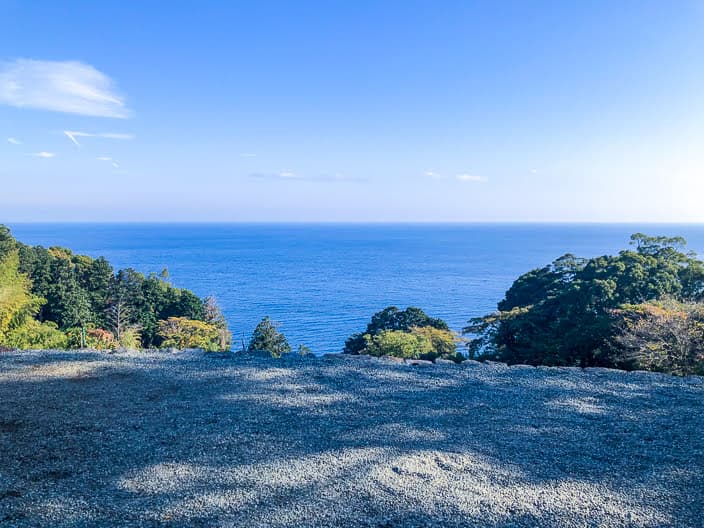Born at the dawn of golf in Japan, Naruo Golf Club has since spun the history of this elegant sport culture in Japan while tossed about by the waves of hardship in the past, currently celebrating its 100th anniversary.
The course was built by hand at a time when heavy machinery was scarce, taking advantage of the natural terrain. It still breathes the spirit of the famous British course architect, C.H. Alison and is known as Japan’s leading on-mountain links throughout the world for its artistic beauty, but also for its toughness.
You may know that Kobe Golf Club, founded in 1903, is the birthplace of golf in Japan. At that time, foreigners who live in a foreign settlement in Kobe built villas and the golf course on Mt. Rokko. Difficulty, however, in playing during the winter owing to some snowing on the mountain led to the construction of another new golf course by the sea near Kobe, that was Naruo Golf Club in 1920. In the wake of the financial crisis, Suzuki & Co., the landowner of Naruo went bankrupt, so the course had to be moved, being re-opened at its present location with the same name in 1930.

The following year, C.H. Alison who came to Japan to design Hirono Golf Club and Tokyo Golf Club also remodeled the course of Naruo, particularly the bunkers, making use of the natural contours of the terrain and the land elevation differences to create a beautiful shape with sand running all the way nearby the edge of the greens, which gave birth to the iconic Naruo. This will eventually be called the Allison Bunker in Japan.
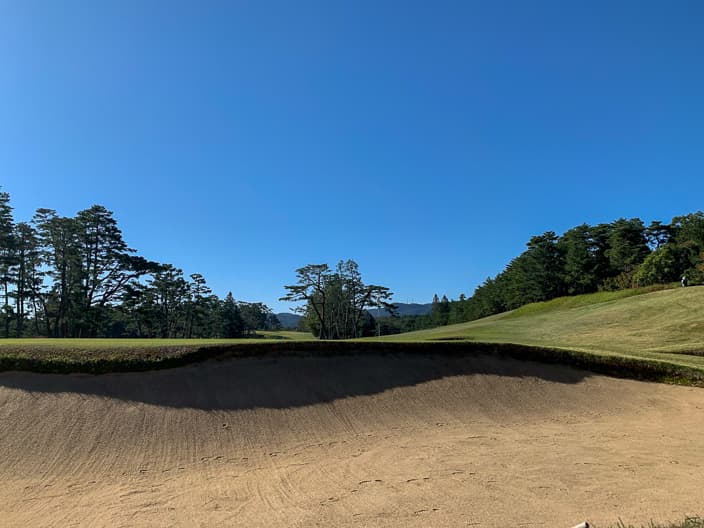
Long years after a bitter history of wartime requisition by the military and confiscation by the occupying forces, the originally same layout of the course is still there to entertain and challenge players today.
The clubhouse nestled in the forest is a simple, single-story building with a stately fireplace and historic furnishings that always provide a warm welcome to player there.
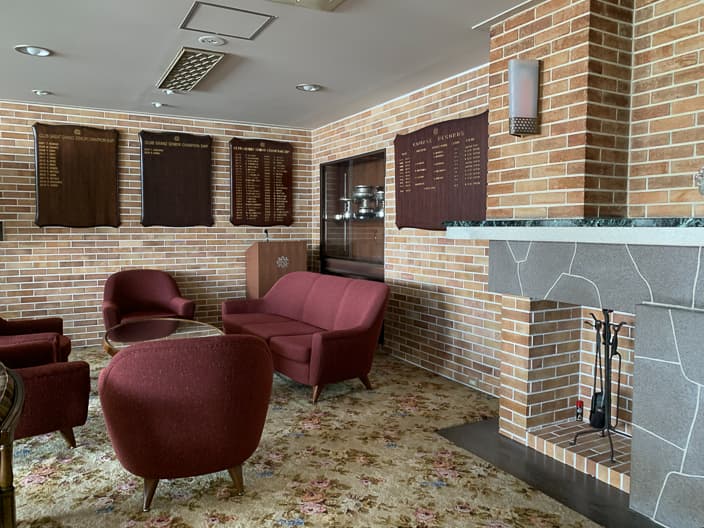
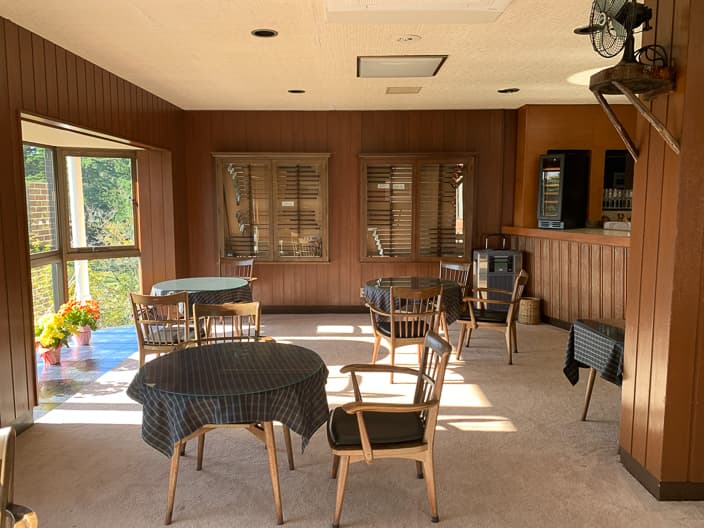
Although, what are the hidden difficulties that every player talks about?
Surrounded by thick pine forests and making use of natural undulations, the manpower-intensive course has large ups and downs, as well as complex layouts with several ravines and narrow and winding fairways make it difficult to capture the green in spite of its middle range distance.
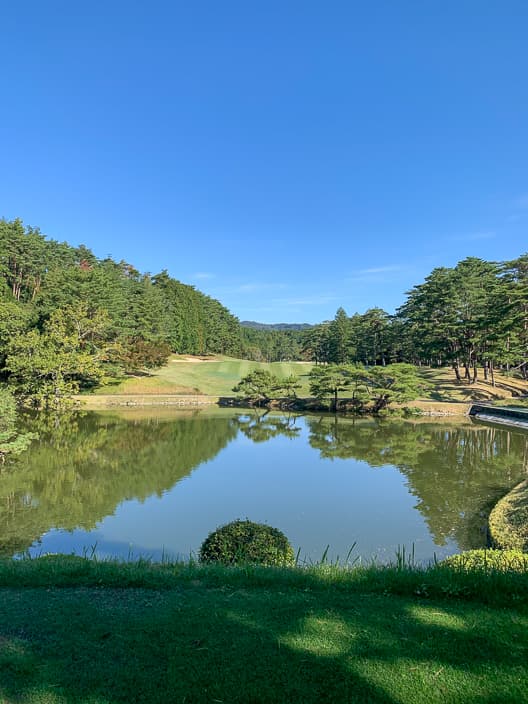
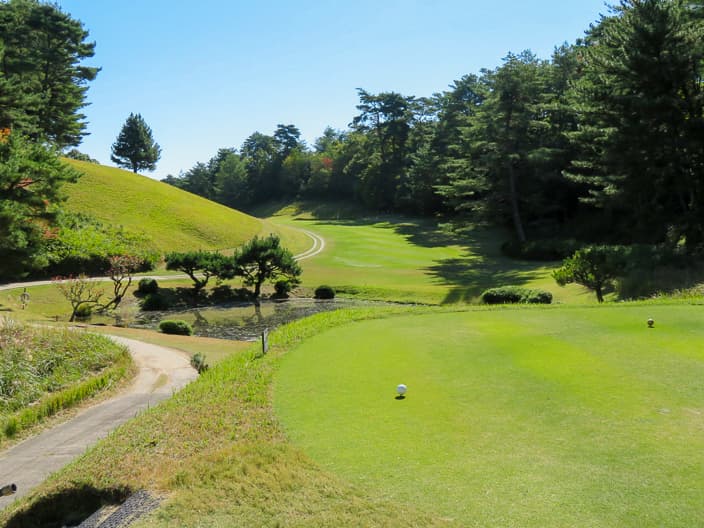
The small greens are awaiting your balls as they slope down towards the surrounding bunkers and once in them, it requires a great deal of skill to escape.
I never forget the sight that a famous professional player took four strokes to get out of the bunker in last year’s Japan Senior Open Championship Tournament and missed the victory.
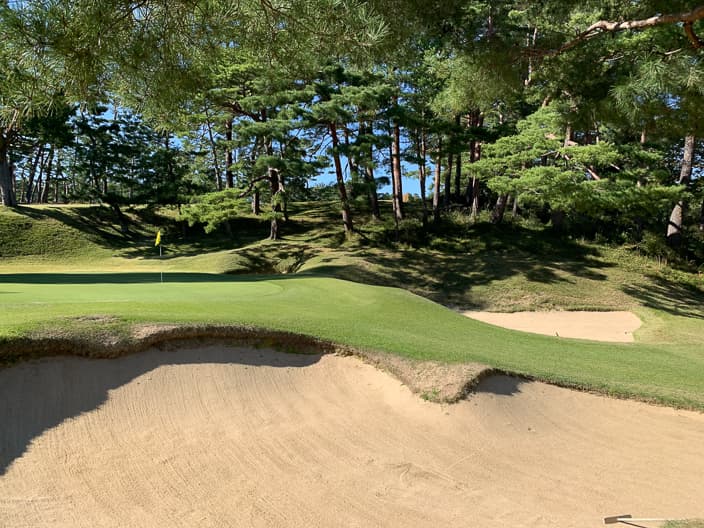
The Korai grasses used there, known as “Naruo Turf”, have soft leaves that grow horizontally and rolls balls smoothly, creating one of the fastest greens in Japan to be proud of.
Those greens are undoubtedly the property over a century of the history, requiring players to have a delicate touch with their putts and never letting their guard down until hole out.
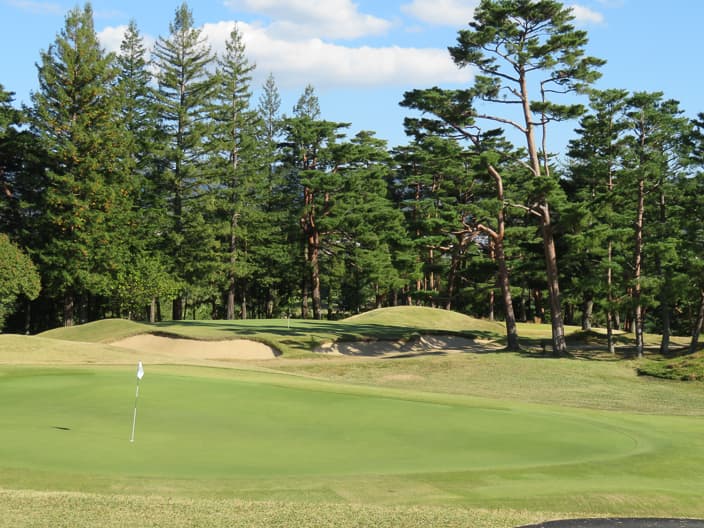
The difficulty is highlighted by the short holes where the elevated greens are surrounded by many deep guard bunkers.
The 4th tee is a thrilling hole as you hit up and the only things you can see are the pin and the trees behind.
The 15th hole, over a ravine and surrounded by eight bunkers, can only be challengeable by advanced players, and there is no end to the number of players who take a daring shot aiming for the green and get caught in the bunkers, resulting in quite a few scores like me.
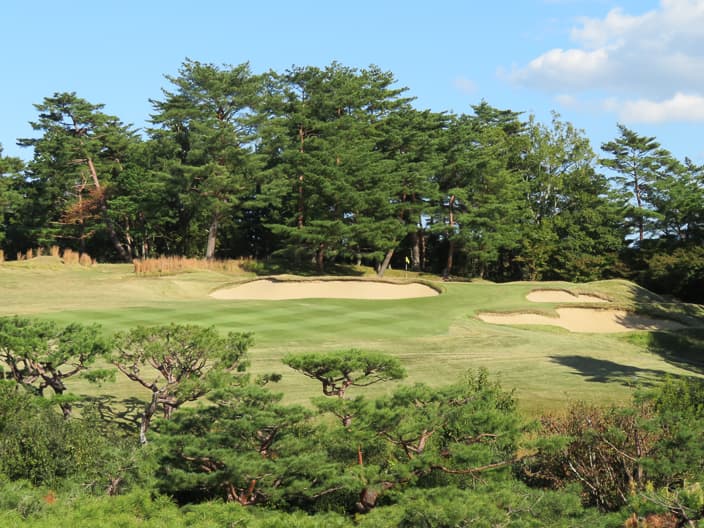
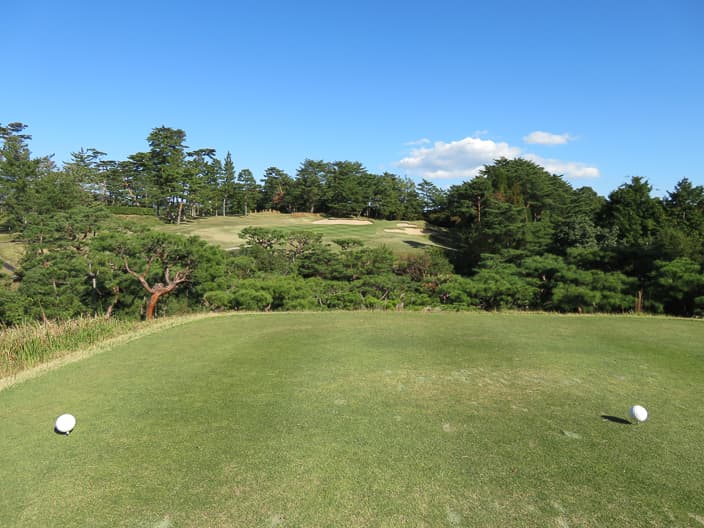
The course is infinitely beautiful and impregnable, and we could call it a “Beautiful Monster”. But it is also a pride of Japan, with a charm that will keep you coming back for more. That is “Naruo”.
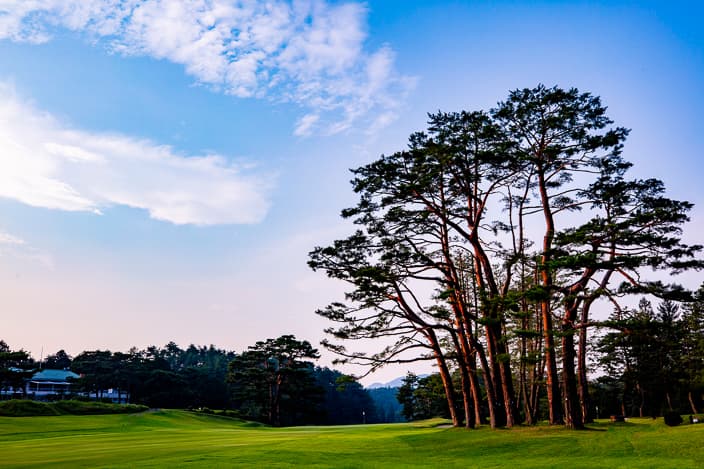
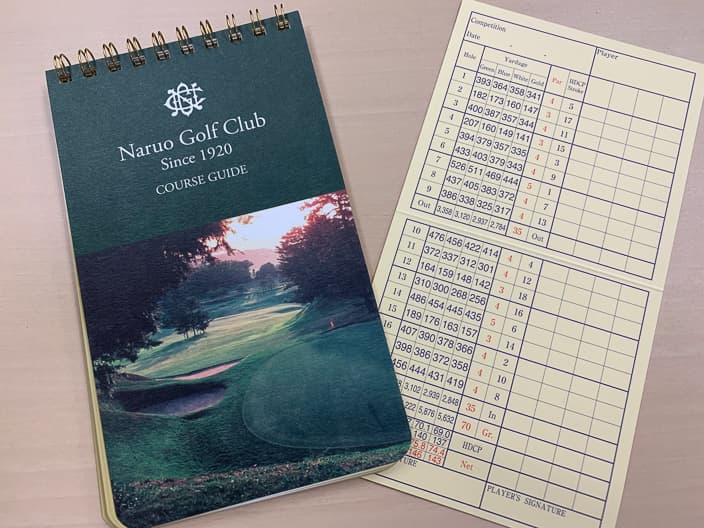
Naruo Golf Club
| Address | 1-4 Nishiuneno Kanagadani, Kawanishi-shi, HYOGO |
| TEL | 072-794-1011 |
| Website | https://www.naruogc.or.jp/ (Japanese ONLY) |

